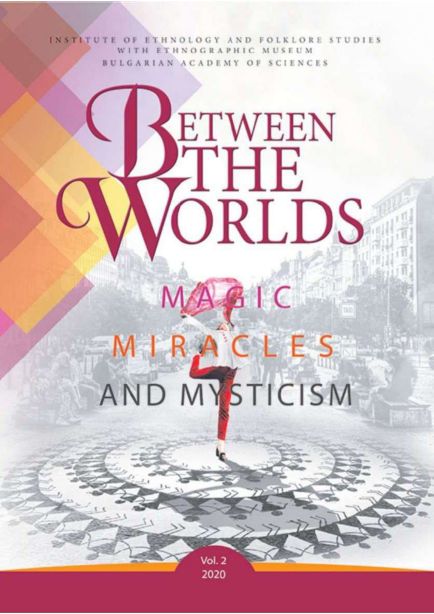Urban Mythology. A Discussion of Islamic Urban Aesthethics, Architecture and Mythology
Urban Mythology. A Discussion of Islamic Urban Aesthethics, Architecture and Mythology
Author(s): Ana NegoiţaSubject(s): Politics / Political Sciences, Anthropology, Social Sciences, Political Sciences, Islam studies, Cultural Anthropology / Ethnology, Culture and social structure
Published by: Институт за етнология и фолклористика с Етнографски музей при БАН
Keywords: Islam; urban mythology; Dar al-Salam; Paradise; The Round City
Summary/Abstract: References about some mythological cities of Islam could be found in the Qur’anic text focused on moral aspects, especially about the human audacity to build in the real world that city promised by Allah to his fervent followers. Allusions regarding these cities can be extracted from a whole series of local legends which have generated a massive awareness even in the farthest parts of the Islamic empire during the Middle ages. These literary descriptions confirm the existence of a specific model of representation of the urban space during the first eras of Islamic history. Examples uncovered in this study select from a whole series of legends those elements which have been the background for the Islamic vision of the ideal city. The legends mentioned here are renowned(geographically and chronologically) among all the regions of the Islamic empire, they have been modified and continuously rearticulated in accordance with the local traditions. There is a constant nucleus, semantically staged in the formula of a binomial ‘City –Paradise’ (the caliphal city represented as a reflection of the Paradise). This specific typology has been used in the planimetry of the palatine cities. The most famous examples of such a medieval capital town which have been extensively influenced by the mythological cities are: The Round city of the Caliph al Mansur, during the 8th century and Madinat al Zahra, the residence of Caliph Abd Al-Rahman III (Cordoba) during the 10th century. References about some mythological cities of Islam could be found in the Qur’anic text focused on moral aspects, especially about the human audacity to build in the real world that city promised by Allah to his fervent followers. Allusions regarding these cities can be extracted from a whole series of local legends which have generated a massive awareness even in the farthest parts of the Islamic empire during the Middle ages.These literary descriptions confirm the existence of a specific model of representation of the urban space during the first eras of Islamic history. Examples uncovered in this study select from a whole series of legends those elements which have been the background for the Islamic vision of the ideal city. The legends mentioned here are renowned (geographically and chronologically) among all the regions of the Islamic empire, they have been modified and continuously rearticulated in accordance with the local traditions. There is a constant nucleus, semantically staged in the formula of a binomial ‘City – Paradise’ (the caliphal city represented as a reflection of the Paradise). This specific typology has been used in the planimetry of the palatine cities. The most famous examples of such a medieval capital town which have been extensively influenced by the mythological cities are: The Round city of the Caliph al Mansur, during the 8th century and Madinat al Zahra, the residence of Caliph Abd Al-Rahman III (Cordoba) during the 10th century.
Journal: Between the Worlds
- Issue Year: 2/2020
- Issue No: 2
- Page Range: 222-237
- Page Count: 16
- Language: English

